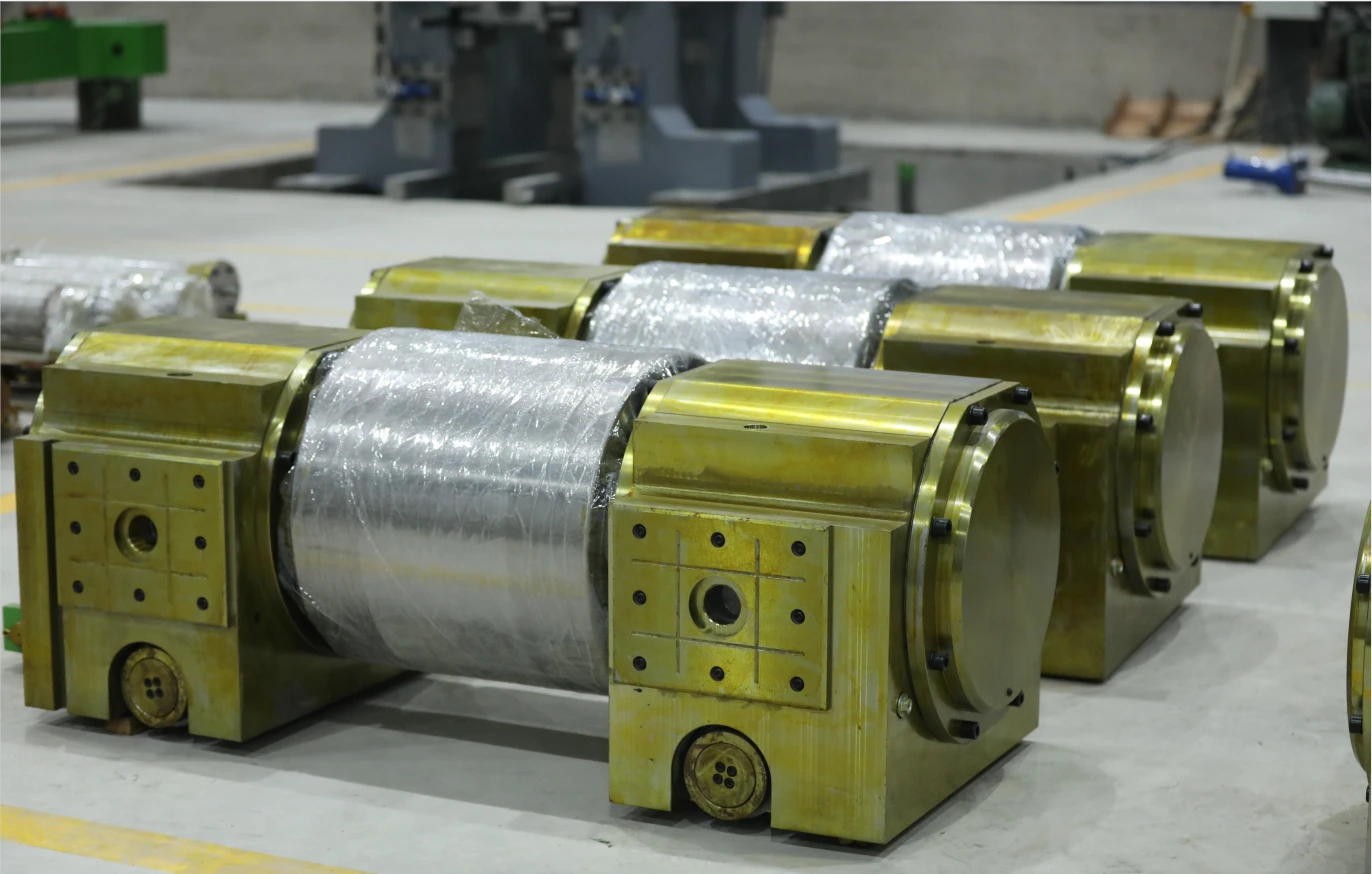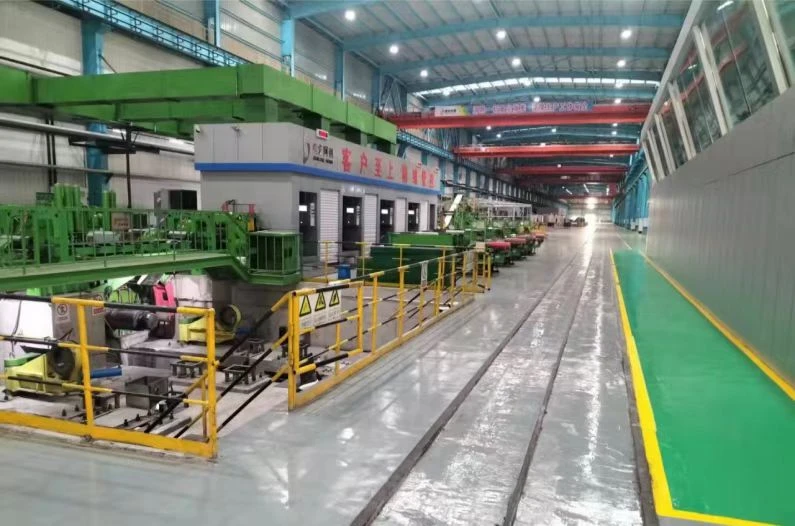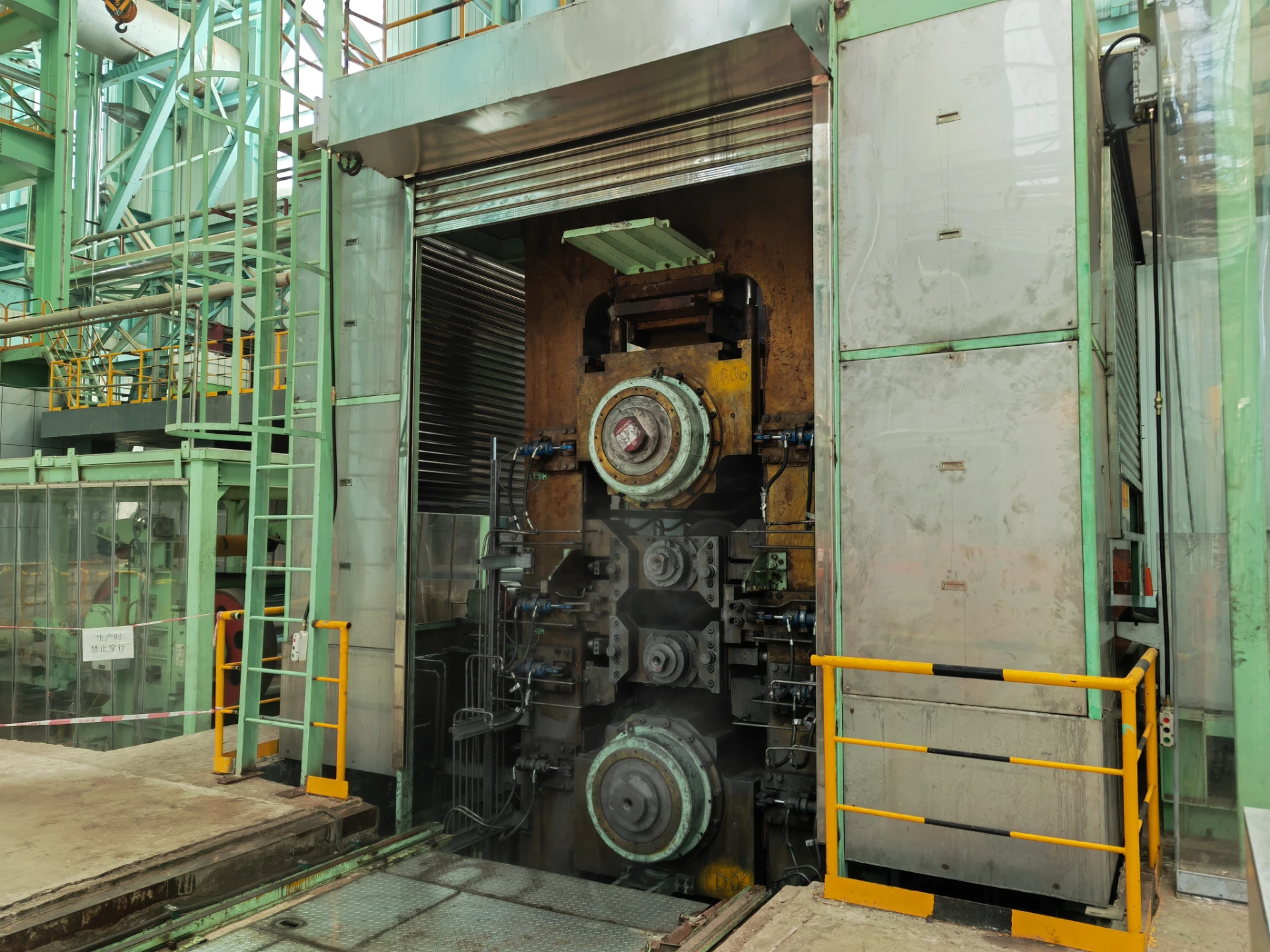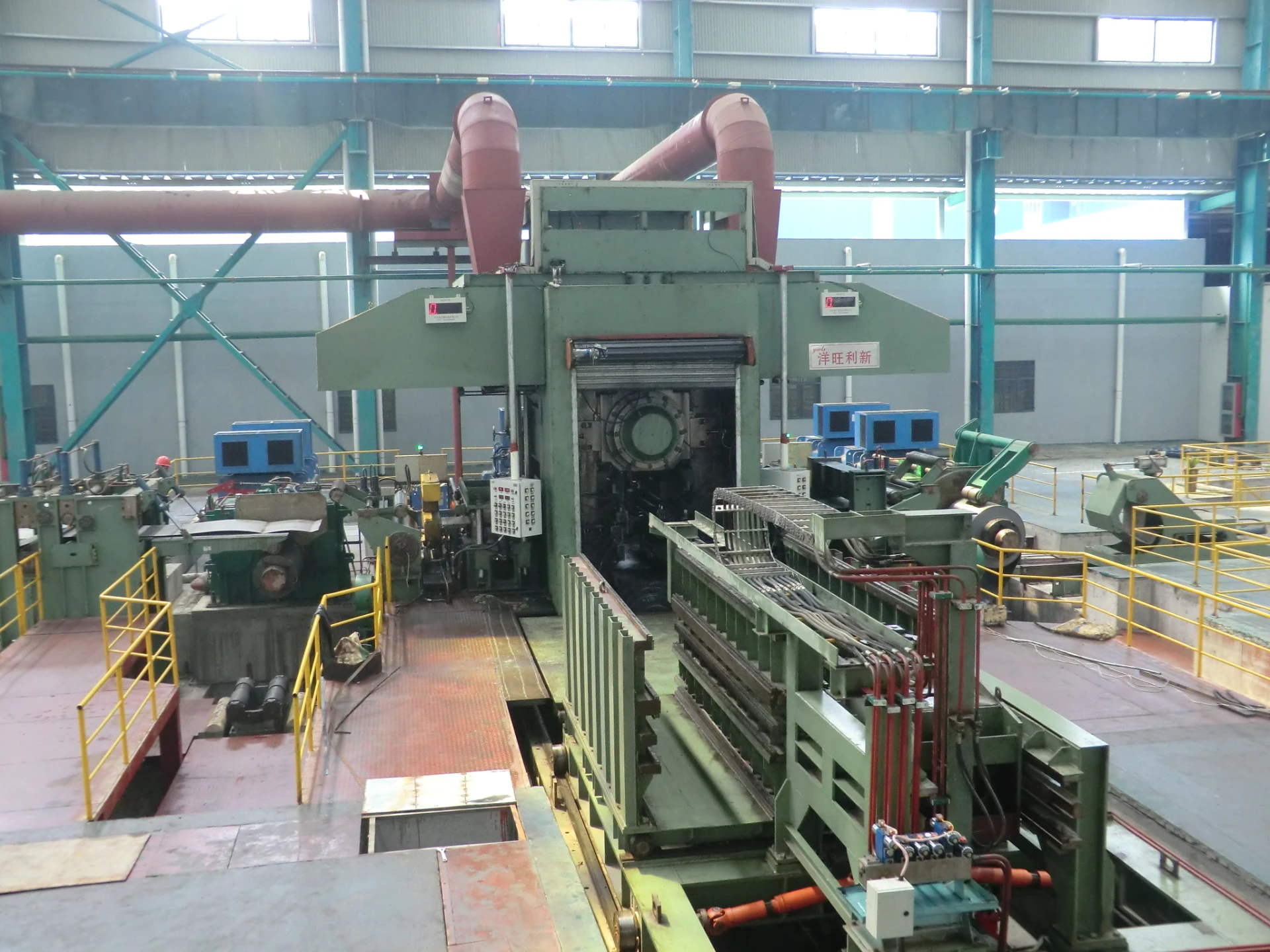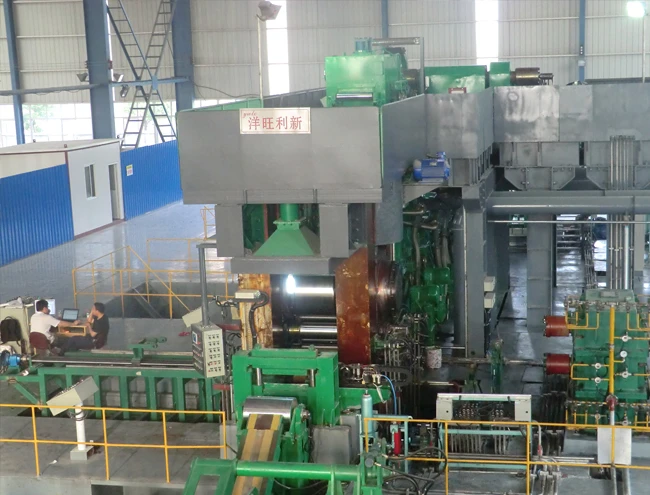
Cladding Techniques for Aluminum and Steel in Modern Construction Applications
Cladding of Aluminum and Steel An Overview
The cladding of aluminum and steel has become an essential technique in modern construction and manufacturing. This process involves applying a layer of aluminum over steel or vice versa, leading to a composite material that combines the best properties of both metals. This article delves into the significance, methods, applications, and benefits of aluminum and steel cladding.
Understanding Cladding
Cladding is essentially a protective layer that is applied to the surface of an underlying material. In the case of aluminum and steel, the cladding serves multiple purposes, including enhancing aesthetics, providing additional protection against environmental factors, and improving structural integrity. The combination of these two metals creates a lightweight, durable composite that is ideal for various applications.
Types of Cladding Processes
There are several methods for cladding aluminum and steel, including
1. Roll Bonding This is a mechanical process where two metals are passed through a set of rollers under high pressure. As they are squeezed together, they form a strong bond, creating a clad metal sheet.
2. Explosion Bonding This method involves using an explosive charge to create a high-velocity impact between aluminum and steel. The resulting pressure bond creates a metallurgically bonded layer that is incredibly strong and resistant to delamination.
3. Lamination In this process, aluminum sheets are bonded to steel substrates using adhesives or heat. This method is often used for producing decorative finishes for various applications.
4. Welding While not the primary method for complete cladding, welding can be used to join aluminum and steel components together, particularly in structural applications.
Applications of Aluminum and Steel Cladding
The cladding of aluminum and steel finds its applications across several industries
cladding of aluminum and steel
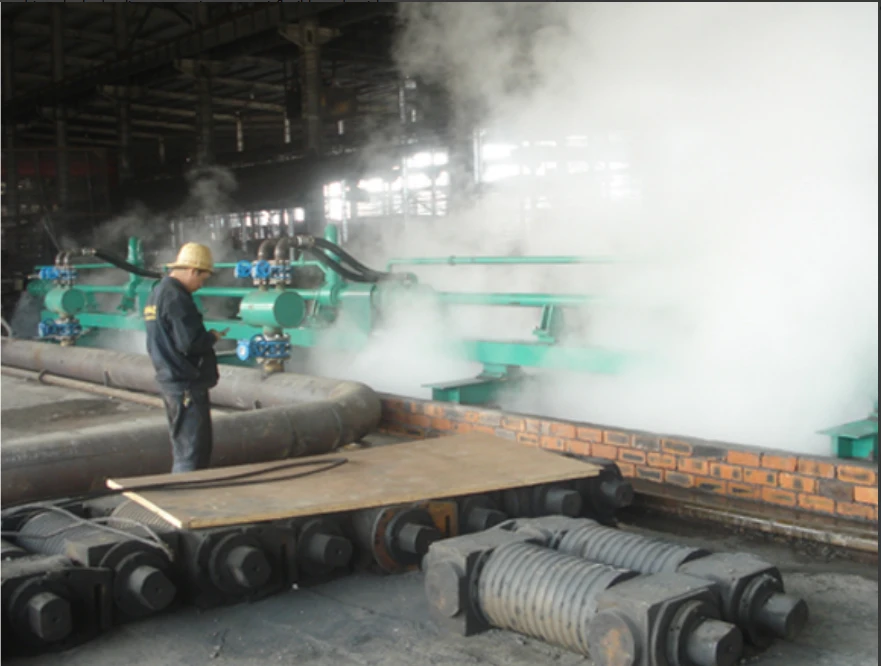
1. Construction In building facades, aluminum cladding provides an attractive appearance and weather resistance, while steel offers structural support. This combination enhances the performance of modern buildings, allowing for creative architectural designs.
2. Automotive Cladding materials are used to create lightweight, strong car parts that improve fuel efficiency and safety. The aluminum layer can reduce the weight of the vehicle, while steel ensures strength and durability.
3. Marine In shipbuilding, the cladding of aluminum and steel is critical for producing hulls and other components that need to withstand harsh maritime conditions. The aluminum provides corrosion resistance, while steel gives rigidity and strength.
4. Industrial Equipment Clad materials are often used in heat exchangers and other industrial applications where thermal conductivity and strength are essential. The thermal properties of aluminum combined with the toughness of steel enable efficient and reliable operations.
Benefits of Cladding Aluminum and Steel
The cladding of these two metals offers numerous advantages
1. Corrosion Resistance Aluminum naturally forms a protective oxide layer, which helps prevent corrosion. When cladded with steel, the overall material becomes more resistant to environmental factors like moisture and chemicals.
2. Lightweight yet Strong The combination allows manufacturers to create products that are significantly lighter than traditional steel, without sacrificing strength. This is particularly beneficial in the aerospace and automotive industries.
3. Aesthetic Appeal Aluminum provides a visually appealing finish that can be painted or anodized to achieve various colors and textures. This is ideal for building facades, furniture, and consumer products.
4. Improved Thermal and Electrical Conductivity In applications requiring heat transfer, the aluminum component of cladded materials enhances heat dissipation, making them desirable in systems like heat exchangers.
Conclusion
The cladding of aluminum and steel represents a fusion of two metals that can dramatically enhance performance across various applications. As industry demands evolve, the techniques and materials used for cladding will continue to advance, offering even greater benefits. The versatility, strength, and aesthetic possibilities afforded by this composite material make it a critical component in the future of construction, manufacturing, and design. Embracing these innovations will ensure that we build better and more efficient products for a sustainable future.
-
Indian Clients Visit YWLX to Inspect Skin-pass MillNewsJun.22,2025
-
Typical Products from Reversing Cold Rolling ProcessNewsMay.26,2025
-
Surface Finish Improvement through Skin Pass RollingNewsMay.26,2025
-
Integration of AGC Systems in Modern Cold Rolling MillsNewsMay.26,2025
-
Cold Rolling in the Context of High-Strength Steel DemandNewsMay.26,2025
-
AGC in Hot Rolling Mills: Challenges and SolutionsNewsMay.26,2025
-
Why Reversing Cold Rolling Mills Are Ideal for Specialty MetalsNewsMay.13,2025




